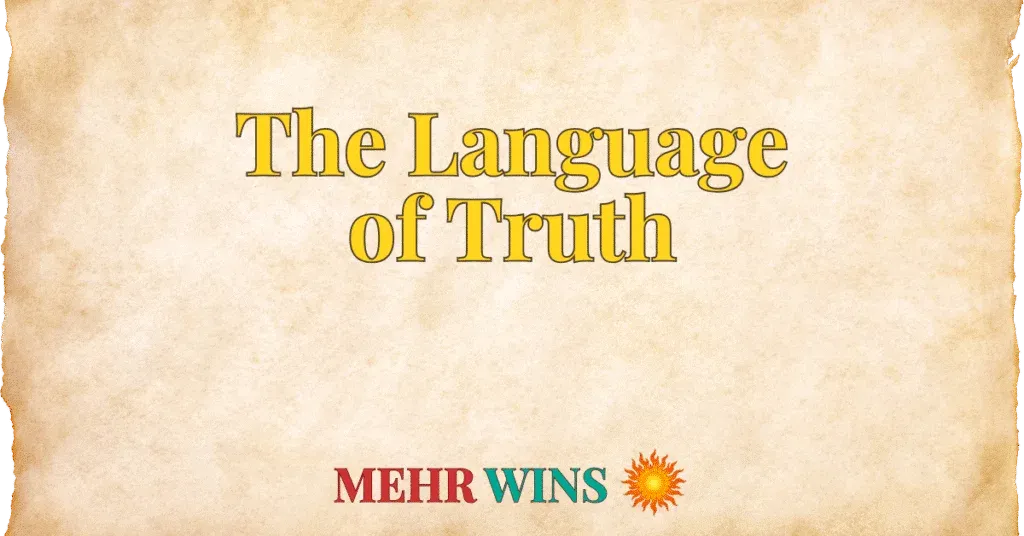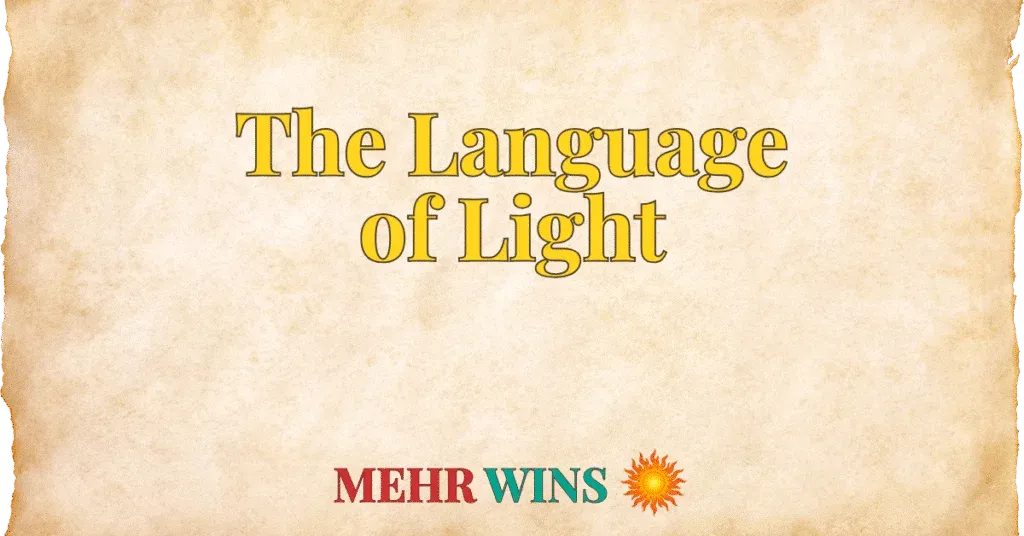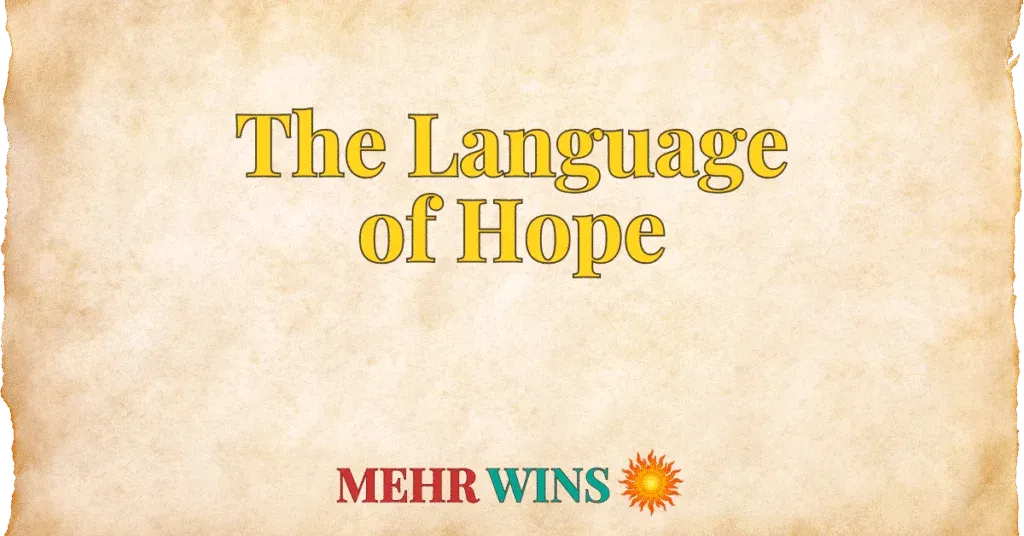
At the heart of an authentic life, truth isn’t a blade; it is a flame. It does not need to shout. Instead, it glows, illuminates, and calls us to live with courage, clarity, and unwavering integrity. This profound essence serves as a guiding light, revealing hidden paths and inviting us into deeper understanding of ourselves and the world. Persian, a language rich with poetry and soul, offers many nuanced words for truth. These ten words do not just name truth; they express how it moves, how it lives within our values, our relationships, and our resilience: enduring, honest, and transformative, embodying the very spirit of this work.
1. راستی rāsti (rah-stee) – truthfulness, honesty
Rāsti is the kind of honesty lived in daily action, a quiet inner strength that shapes trust and builds character.
Example: “She spoke with rāsti, even when the truth was uncomfortable.”
2. حقیقت haghīghat (hah-ghee-ghat) – truth, reality
Haghīghat is the deeper reality behind illusion. It reveals what truly is, unchanging and clear.
Example: “In silence, he finally faced the haghīghat he’d been avoiding for years.”
3. صداقت sedāqat (seh-dah-gaht) – sincerity, integrity
Sedāqat is emotional truth—honest, vulnerable, and transparent. It is the kind of truth that brings people closer.
Example: “There was so much sedāqat in her voice, I didn’t need her to say more.”
4. درستی dorosti (doh-roh-stee) – rightness, correctness
Dorosti is the act of doing what’s right, even when it’s not easy. It is moral truth in motion.
Example: “He followed the path of dorosti, even when it cost him comfort.”
5. شفافیت shafāfiyat (sha-fah-fee-yat) – transparency, clarity
Shafāfiyat brings clarity to relationships. It reflects a truth that is open, direct, and gentle in its revelation.
Example: “There was shafāfiyat in the way she told her story—nothing left in the shadows.”
6. وجدان vojdān (vozh-dawn) – conscience
Vojdān is our inner moral compass. It’s the truth that lives within us, prompting us toward justice and compassion.
Example: “His vojdān wouldn’t let him stay silent when he saw someone being hurt.”
7. آشکار āshkār (awsh-kar) – obvious, revealed, visible
Āshkār is the moment when truth is no longer hidden. It is the light suddenly breaking through.
Example: “The lie unraveled and the truth stood āshkār in the room.”
8. درک dark (dahrk) – understanding, perception
Dark is a felt truth—one that goes beyond knowledge and becomes part of you.
Example: “She finally found dark—understanding not just the facts, but the why.”
9. باور bāvar (bah-var) – belief, conviction
Bāvar is truth shaped by experience. It’s what we carry and hold to be real in our bones.
Example: “He held onto his bāvar like a torch through the darkest hours.”
10. روشنی rowshani (roh-sha-nee) – brightness, enlightenment
Rowshani is the light of truth that soothes, reveals, and renews. It’s clarity that heals.
Example: “There was rowshani in her words, like someone who’d walked through the fire and made it out kind.”
Pronunciation Note
To help with pronunciation, Persian transliterations often use the following consonant markers:
• gh – a throaty sound, like French r (غ / ق)
• kh – a deep “h” sound, like the ch in Bach (خ)
• zh – like the s in measure (ژ)
• sh – like sh in shine (ش)
• ch – like ch in cheese (چ)
Stressed syllables are shown in bold within the pronunciation.
Italicized words in parentheses reflect how to say the word phonetically.



